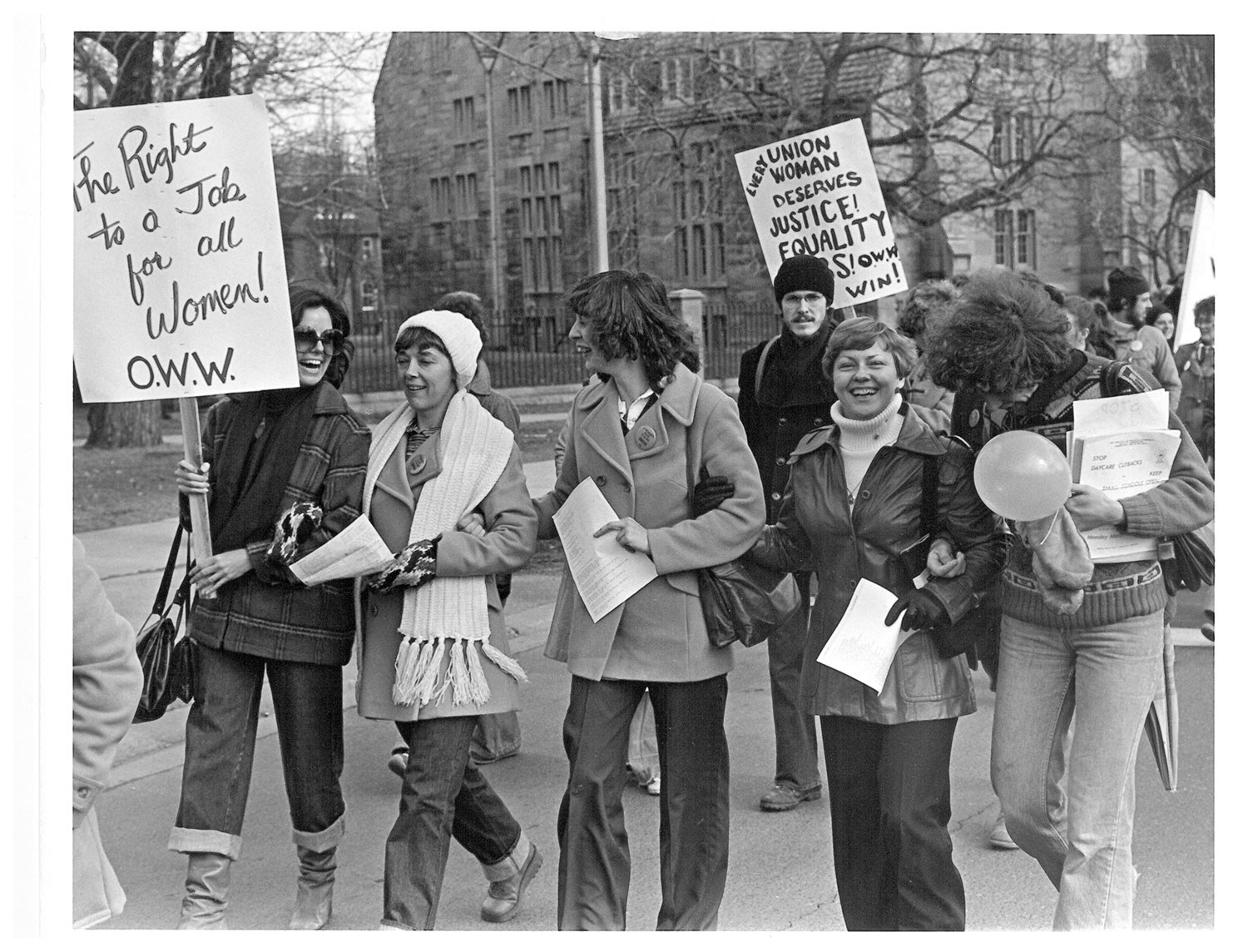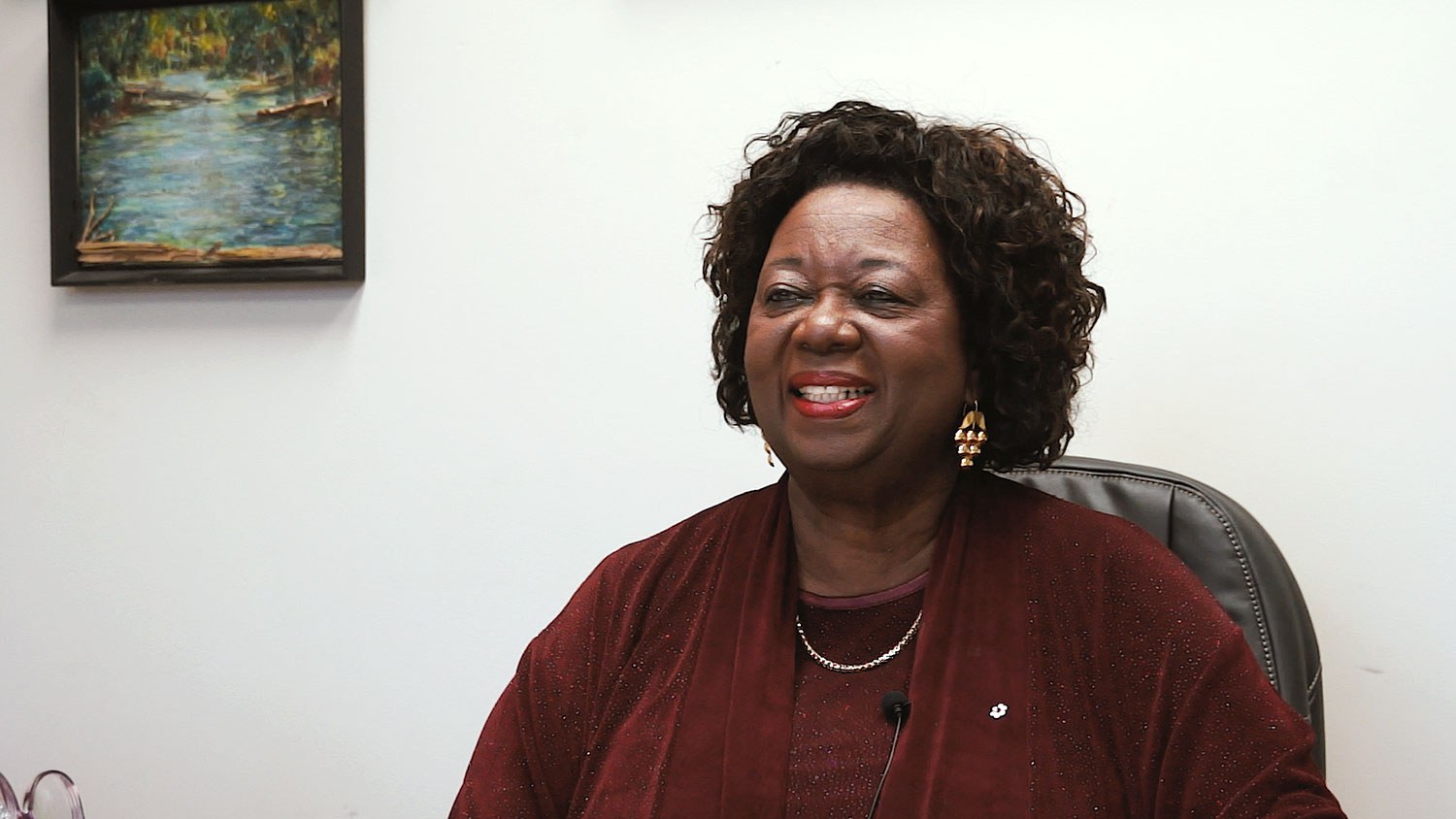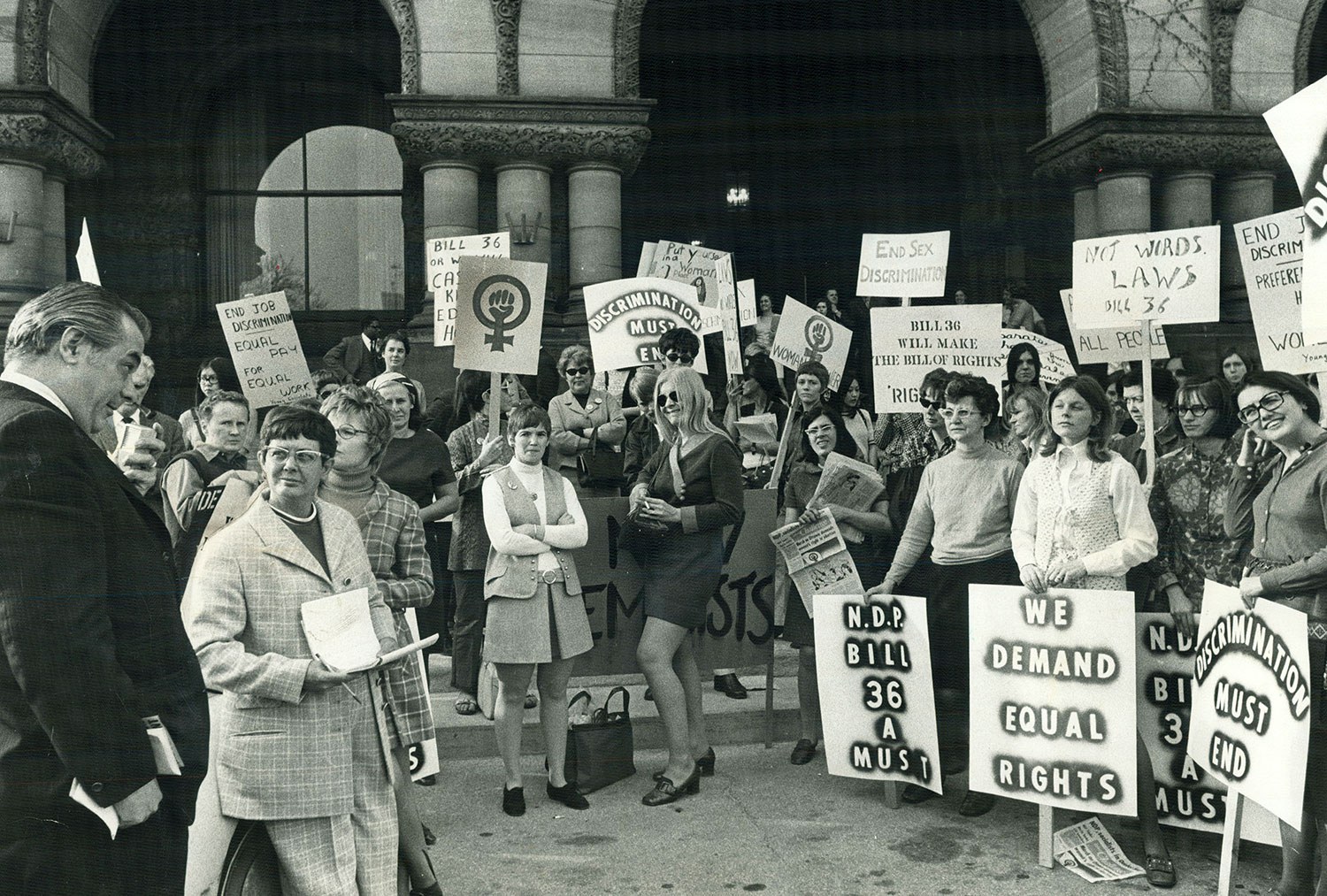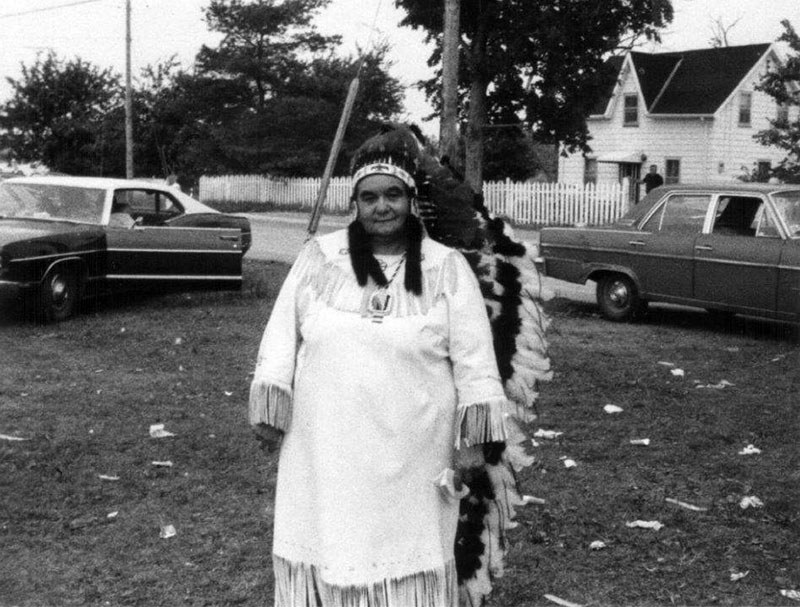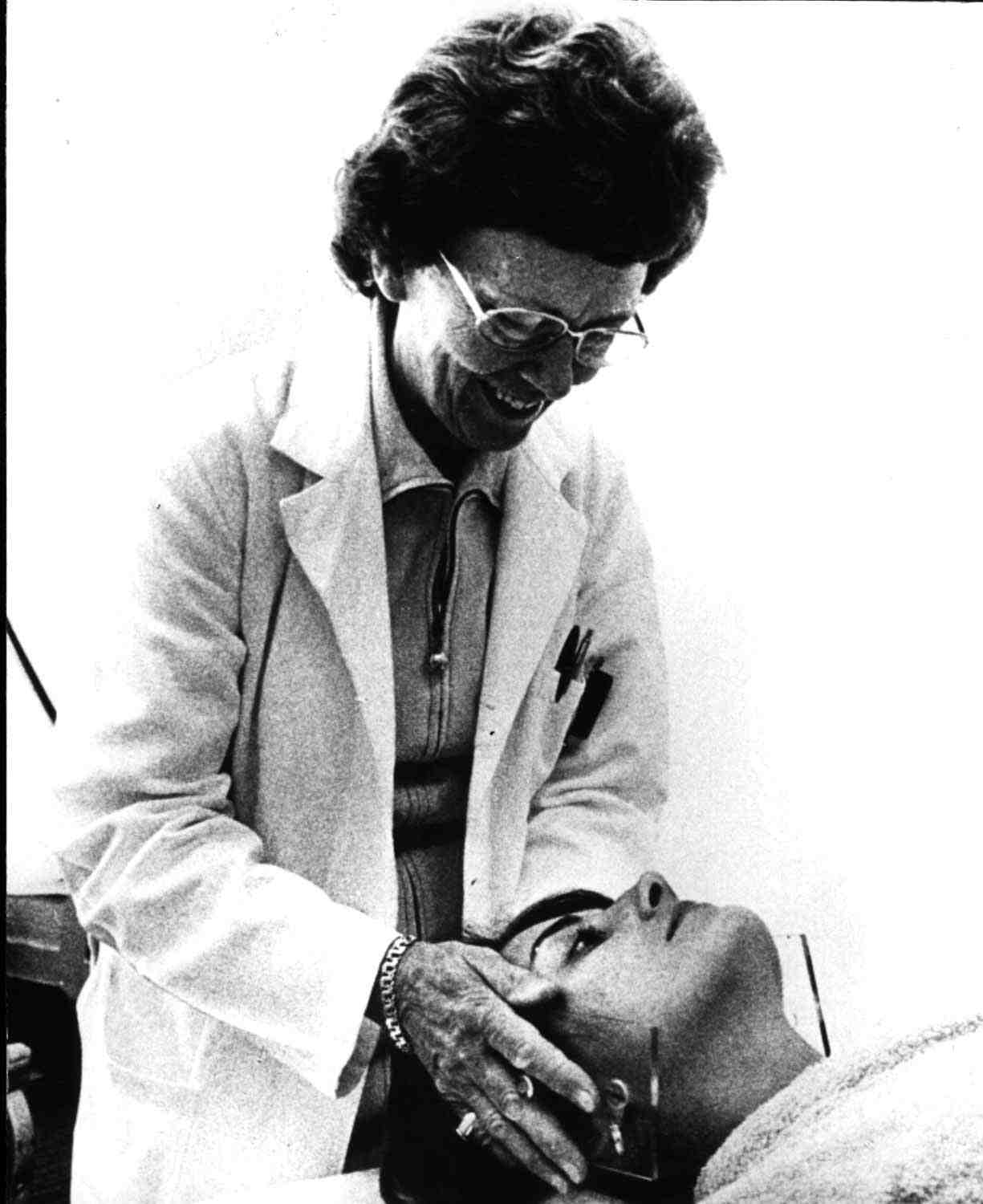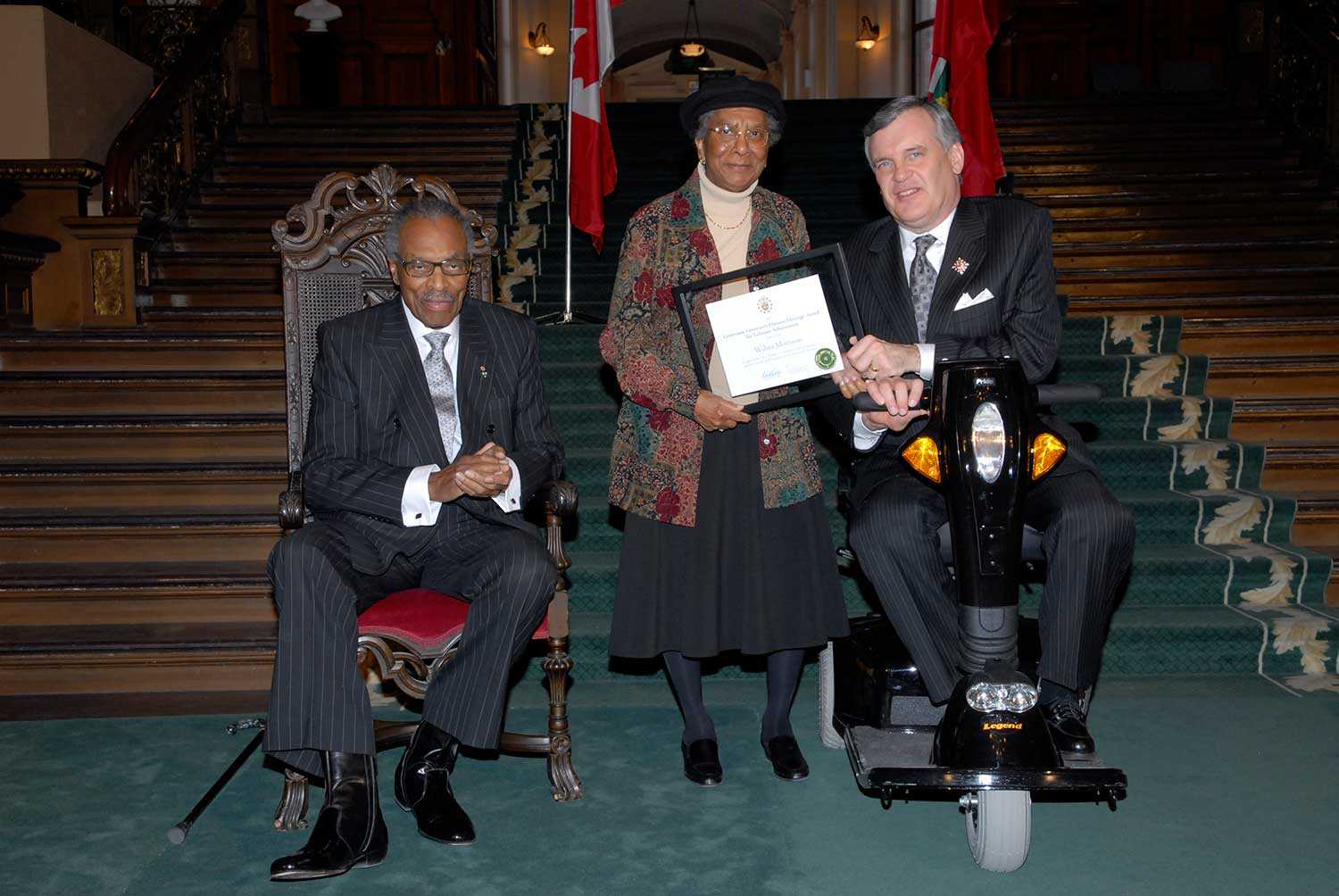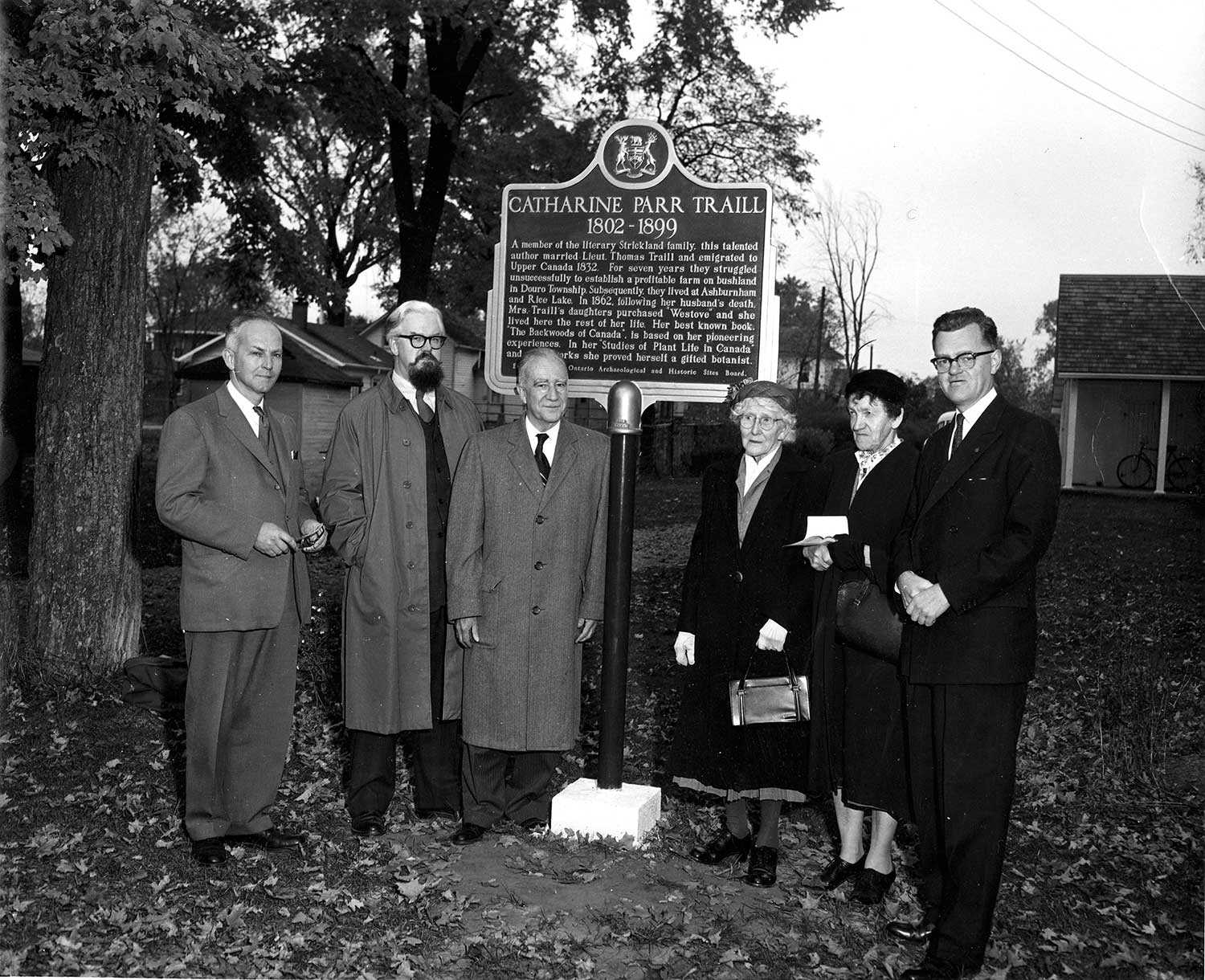

Browse by category
- Adaptive reuse
- Archaeology
- Arts and creativity
- Black heritage
- Buildings and architecture
- Communication
- Community
- Cultural landscapes
- Cultural objects
- Design
- Economics of heritage
- Environment
- Expanding the narrative
- Food
- Francophone heritage
- Indigenous heritage
- Intangible heritage
- Medical heritage
- Military heritage
- MyOntario
- Natural heritage
- Sport heritage
- Tools for conservation
- Women's heritage
The women behind the estates
Women's heritage
Published Date: Mar 20, 2018
Photo: Mary Fulford dressed for presentation to the court of Queen Victoria circa 1900.
Across the fabric of Canadian society, a definitive shift occurred between the 19th and 20th centuries that began a reconstruction of social gender roles as underscored by the women’s suffrage movement. The stories of the families that occupied two Ontario Heritage Trust properties – Fulford Place and the Ashbridge Estate – are illustrative of these changes. While the historical narratives behind these properties are often patriarchal, focusing on the business and stature of these estates through the men who built them, it is the women’s stories that convey a deeper history – a history that reflects the new women in society and their aspiration for change.
Brockville’s Fulford Place was built circa 1899-1901 by Canadian businessman George Taylor Fulford I and his wife Mary. A showpiece reflecting the family’s social standing, the home served as the social hub for the political and business elite, and became a platform from which Mary exerted influence on society, business and politics through her social gatherings.
Dorothy Bullen’s car decorated for East York Library display at the Dominion Day Parade of July 1, 1960
Mary Fulford (1856-1946) was raised with the socially conservative values and traditions of the Victorian era, which emphasized expressions of proper female social etiquette. Despite this upbringing, Mary was a woman of strong and independent character. Her choice to marry someone of George’s social standing, a working class businessman, would have been contrary to the social expectations of marriage many Victorian upper-class women faced. While her upbringing would have been reflected in the role she played as the matriarch of a prominent family, it was after George’s death that she exercised her independent character to determine the legacy of Fulford Place and enhance the career of her son George II.
Emily Moody was the head housekeeper at Fulford from the 1920s through the 1950s. Her story, too, reflects an independent female who fashioned a career for herself. As a young child, she emigrated from Ireland. After the death of her mother and her father’s remarriage, Emily entered domestic service to help support her family. Domestic service had been a common path of entry into Canada and its labour markets for young immigrant women. By the 20th century, however, it was one of the female-dominated occupations that began to decline as women became less willing to choose the long hours and lower wages. Wartime and industrialization further impacted the domestic service market, as women filled positions generally held by men and began considering other types of training and employment.
The story of the Ashbridges – Dorothy Bullen and her sister Winifred Elizabeth (Betty) Burton – illustrate yet another perspective on the changing roles of women in society. Raised on the Toronto estate (c. 1854) of one of Toronto’s founding families Dorothy and Betty would have experienced a shift in gender roles influenced by women’s enfranchisement, education and the changing landscape of the workforce.
Betty Burton (1907-2002), the younger of the two sisters, studied music at the University of Toronto. She was 34 in 1941 when the Canadian government introduced the first women’s divisions in the Royal Canadian Air Force (RCAF) and in the Canadian Armed Forces in response to a shortage of enlisted men. Betty, along with over 17,000 women, served in the RCAF’s Women’s Division. At first, female-dominated occupations were the trades generally considered to be socially accepted for women to occupy – such as clerks, fabric workers and cooks. Over time, their presence grew to be more significant in traditionally male-dominated positions. When her training was over, Betty remained in Ontario and was stationed at Camp Borden. Her diaries from this period provide compelling insight into how the Women’s Division was subjected to the same laws, discipline and liabilities as the Men’s Division.
Dorothy Bullen (1905-97), also a graduate of the University of Toronto, entered the workforce as a librarian and later continued her education, receiving a Bachelor of Library Science degree. The profession increasingly attracted young, single and university-educated women. In the labour force during the early 20th century, women normally resigned after marriage. This was attributed to the strong sentiment existing against married women working outside the home. Unlike her peers, Dorothy married after retiring from her dedicated service of over 40 years at the Toronto Public Library in various branches, as well as serving on the Library Board.
These women’s stories illustrate the broader narrative of shifting female roles in Canadian society. Their choices to participate in the employment market reflected changing opportunities for women stemming from the gains engendered in the movement for women’s rights and equality.

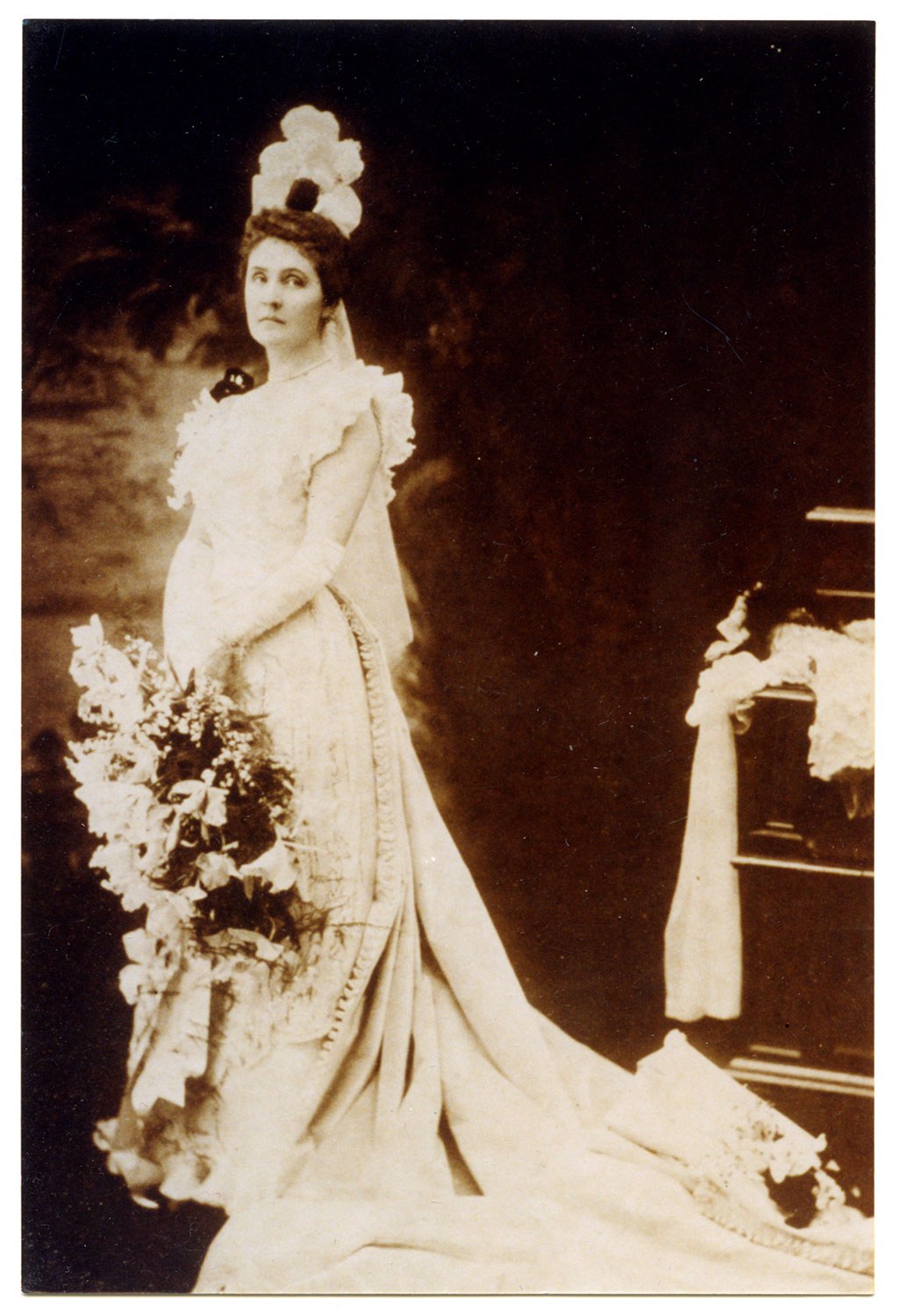
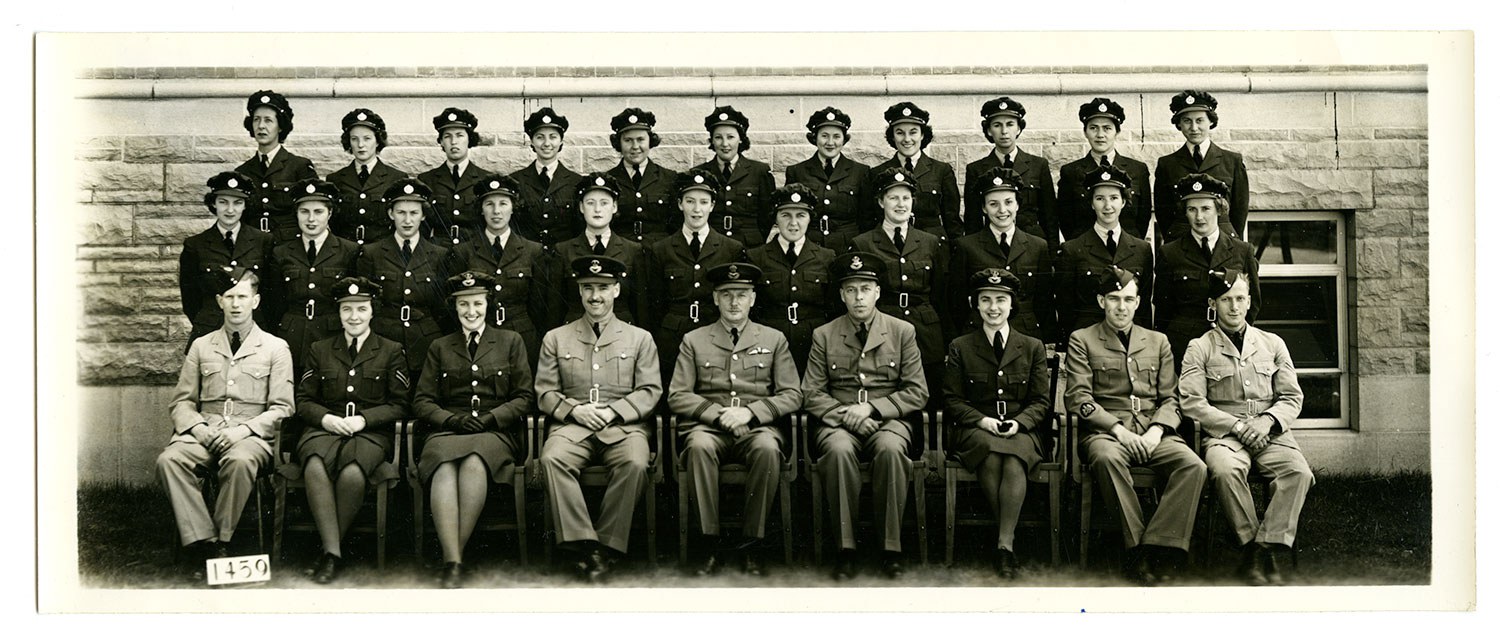
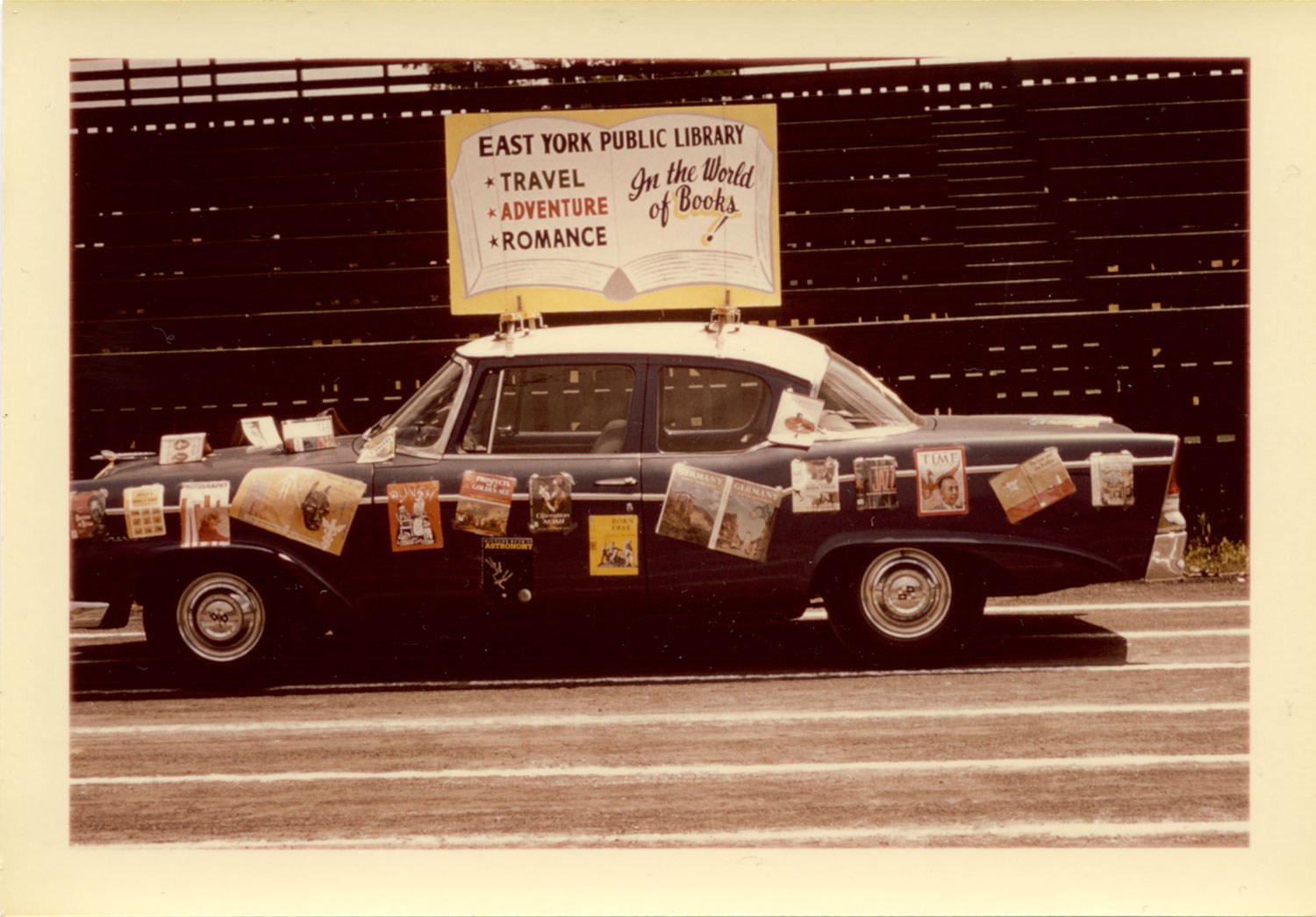
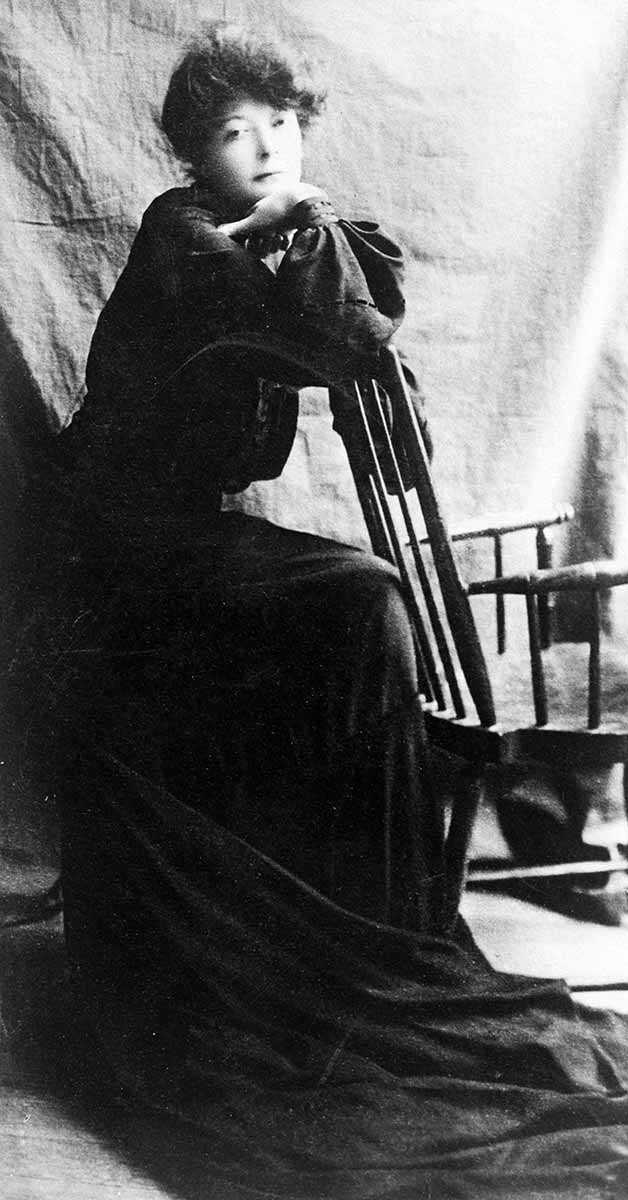
![“Mayor Oliver: Wonder who told them we didn’t encourage the suffragette movement in Toronto?”, [photograph], ca. 1910, Newton McConnell fonds, C 301-0-0-0-996, Archives of Ontario.](https://www.heritage-matters.ca/uploads/Articles/Archives-of-Ontario-cartoon-I0007312-web.jpg)

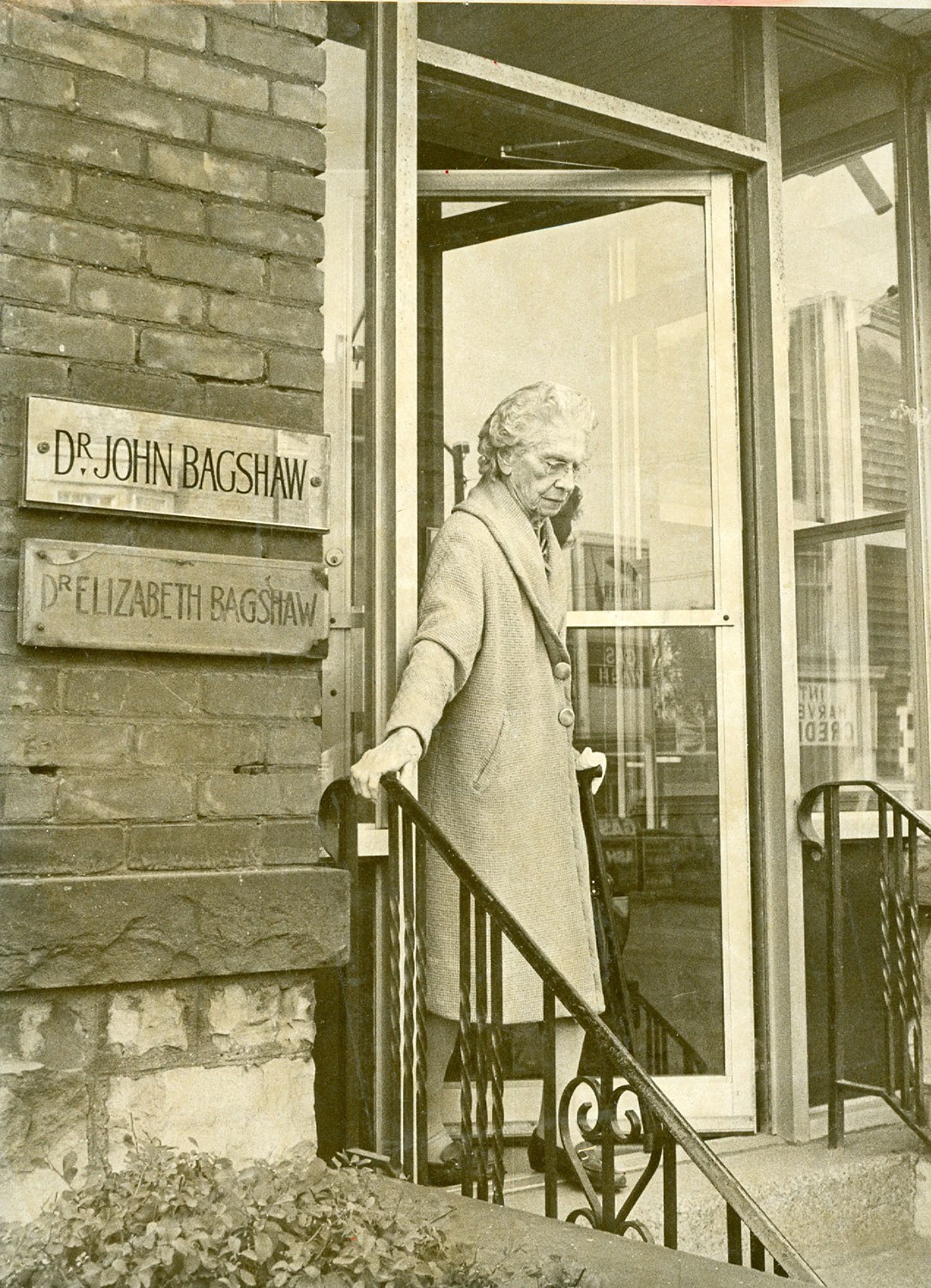
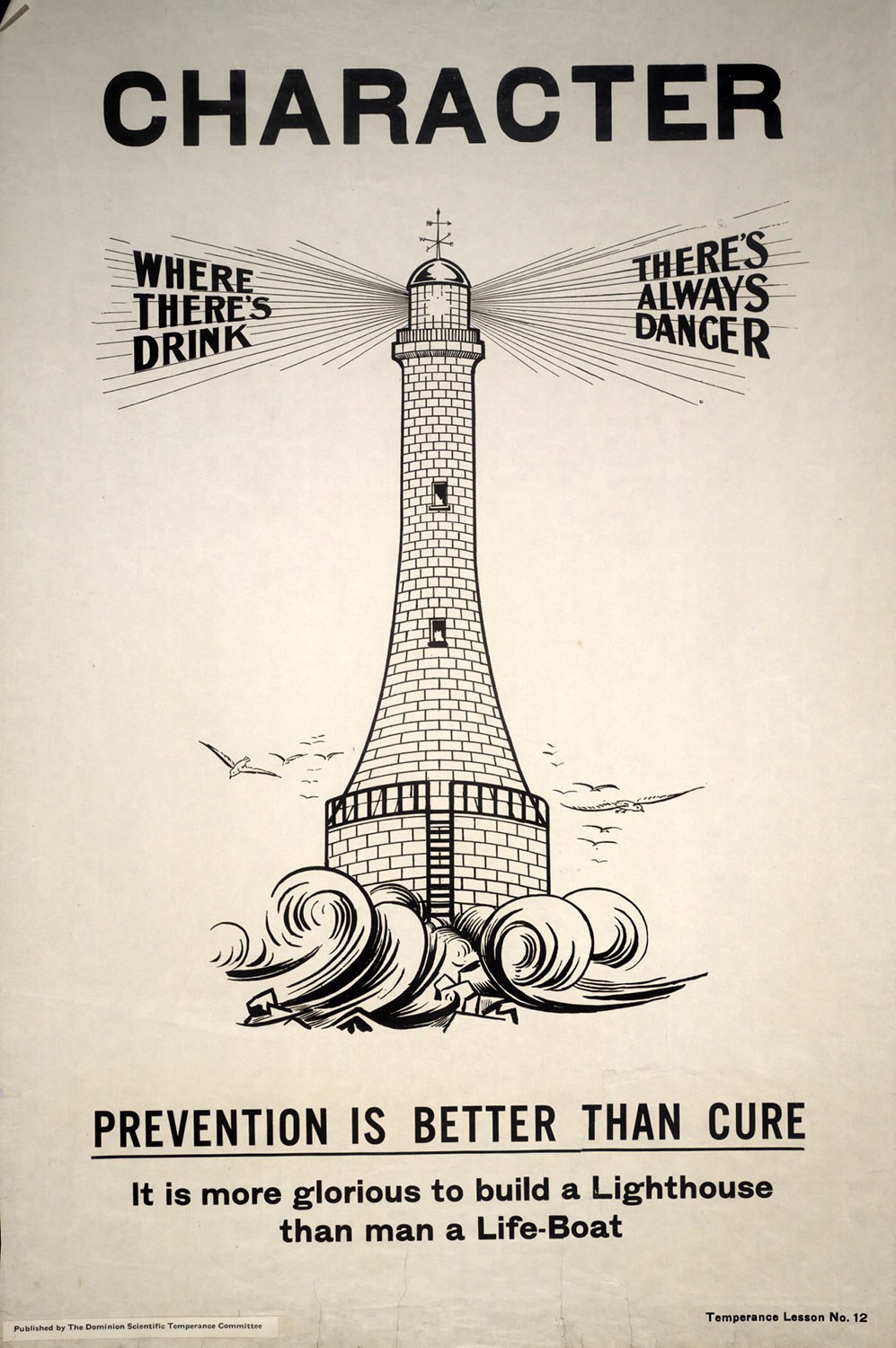
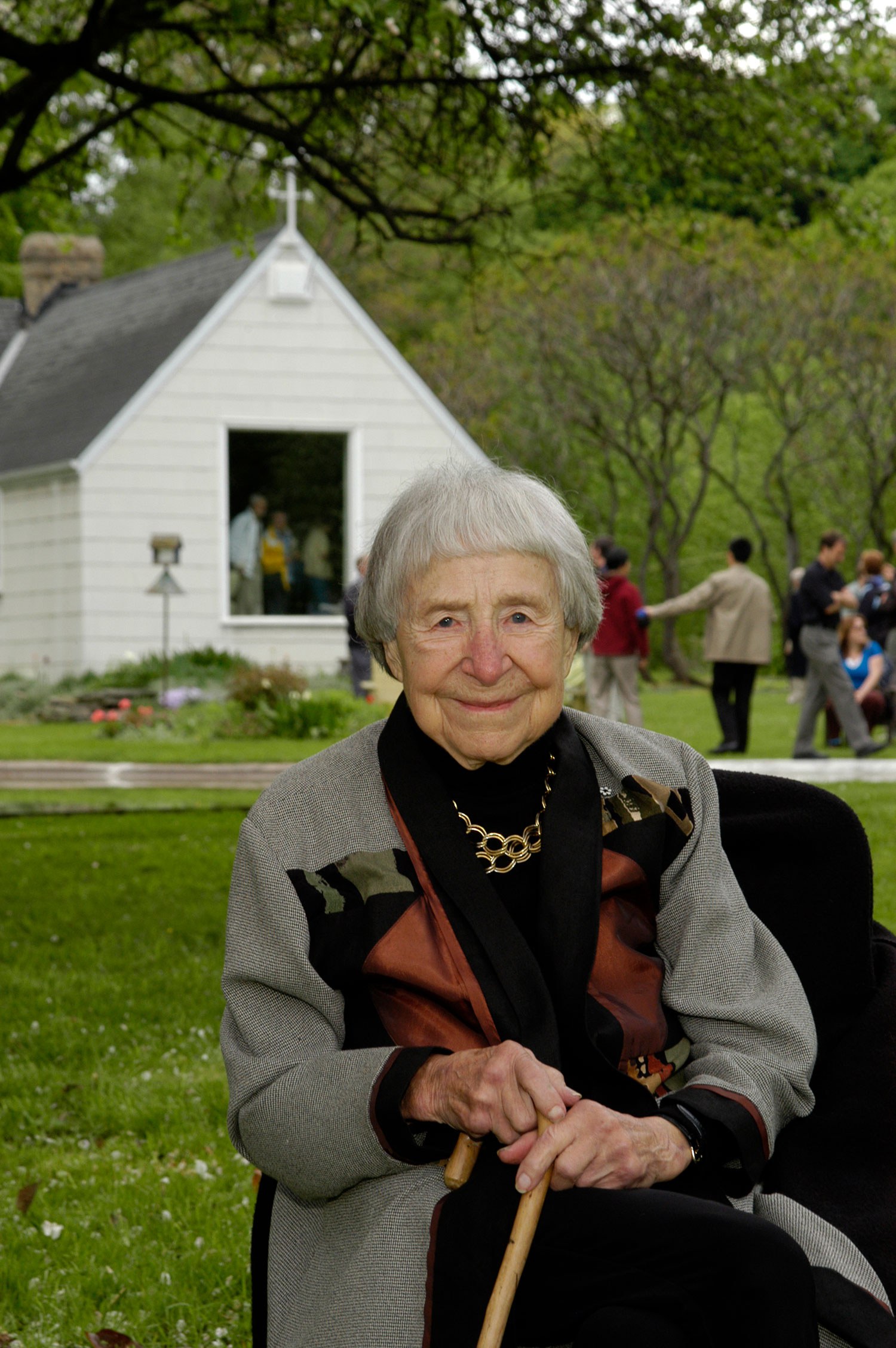

![F 2076-16-3-2/Unidentified woman and her son, [ca. 1900], Alvin D. McCurdy fonds, Archives of Ontario, I0027790.](https://www.heritage-matters.ca/uploads/Articles/27790_boy_and_woman_520-web.jpg)
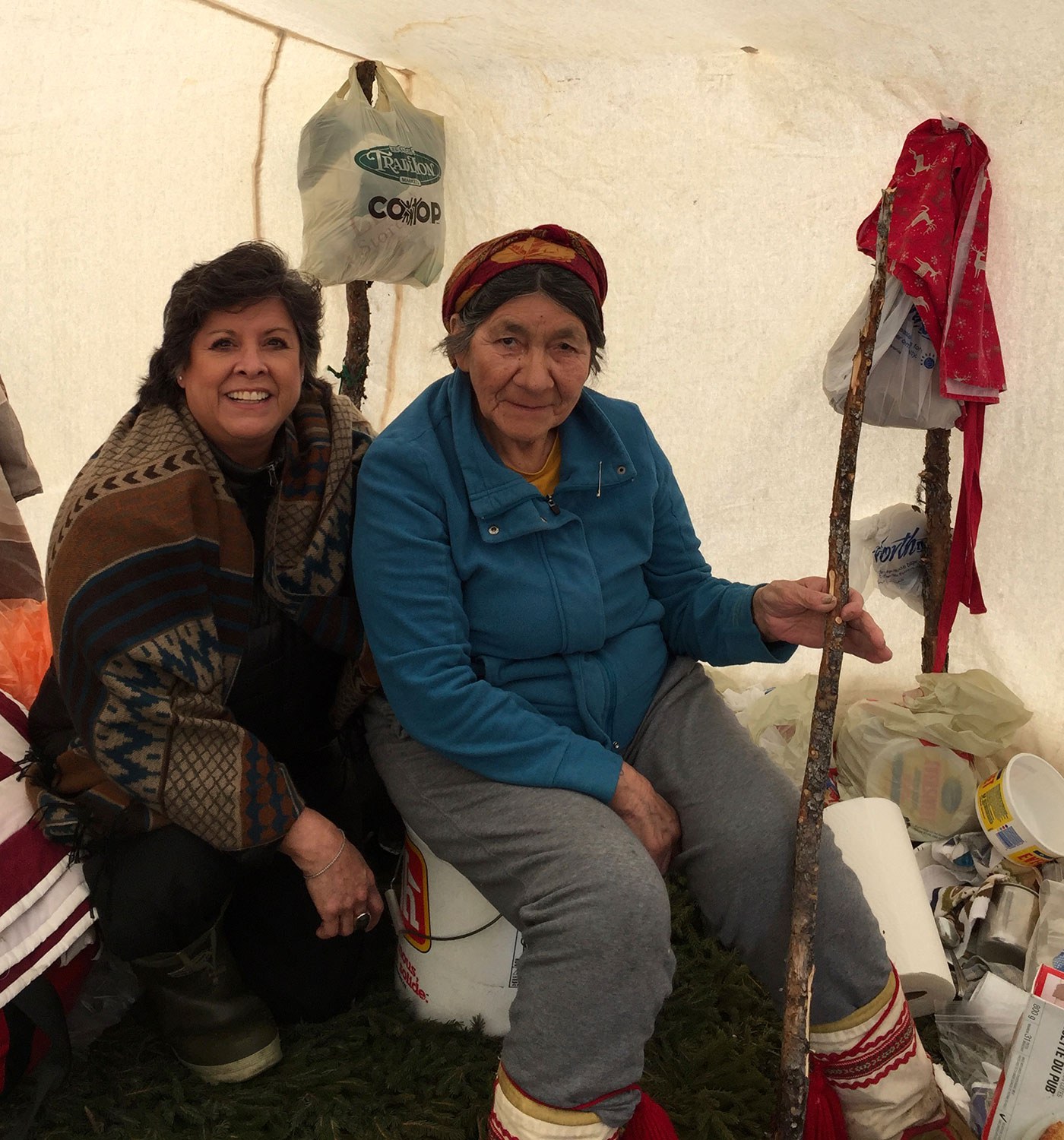

![Wyland, Francie. 1976. Motherhood, Lesbianism, Child Custody: The Case for Wages for Housework. Toronto: Wages Due Lesbians. Cover woodcut by Anne Quigley. CLGA collection, in monographs, folder M 1985-054].](https://www.heritage-matters.ca/uploads/Articles/Wages-Due-Lesbians_Wyland-pamphlet-image-web.jpg)
